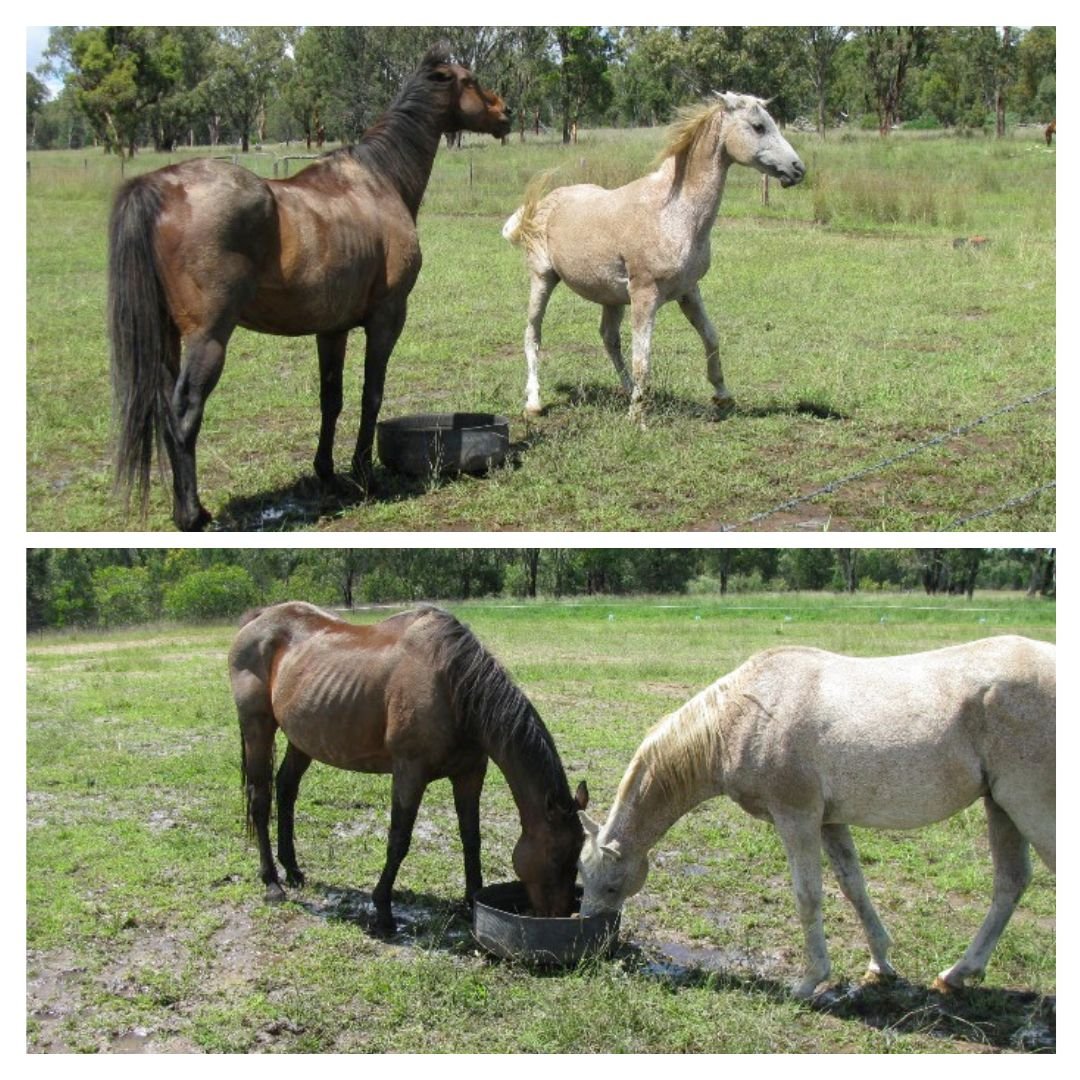I notice there is a lot of confusion in the world of horse training about a horse’s thoughts. My book, The Essence of Good Horsemanship goes into some detail about this topic, but I will try to give a concise breakdown of just one aspect.
Almost everybody agrees that when working with a horse the best outcome results from a horse having the idea to do the thing we want it to do. This is when the horse carries the least amount of anxiety and the least amount of resistance. When we want it to turn left and the horse wants to turn left, it has the potential to be the best left turn the horse has ever done.
However, some people confuse the act of turning left with the horse’s thought to turning left. They are not the same thing. A horse can move its feet one way while still thinking to move in a different way. In fact, this is more common than not.
Primary and Secondary Thoughts
A horse can have more than one idea bouncing around in its head at one time. It can be aware of the neighbour's dog barking and the fly buzzing around its ear and where the water trough is located. The primary thought is the most important thought. It is the thought that has the most influence on what a horse chooses to do. The primary thought drives the behaviour. If the horse’s primary thought is focused on the annoying fly it will shake its head or scratch its ear. But if thirst is the primary thought, it will focus on walking to the water trough and the fly is a secondary thought that it will take care of later.
As I said, a horse can have more than one thought in its head at any time. Horses do not multitask. Each idea is ranked in importance based on the level of comfort and safety the horse perceives an idea will offer. It is important to understand that ideas not only come and go, but they also swap ranking from moment to moment. In the example above, the direction of the water trough might be the primary thought at first, but if halfway to the water the fly starts biting the fly might become the primary focus. and the water trough a secondary idea. Just like people, horses can have busy minds.
When we want to influence what a horse does, it is the primary thought we need to change. This is where we must become skilled at motivating a horse to change its thoughts. The method of motivation we use needs to block a horse’s primary thought. For example, it needs to tell the horse that the idea to turn left is no longer a good idea and it should search for a better idea. That’s the job of our conversation with our horse. It doesn’t matter if you use pressure or you use rewards as a motivator. Both approaches work to block a primary thought and replace it with another primary thought.
To be effective trainers, we need to recognise the difference between what thoughts are primary and what are secondary. Many people address secondary thoughts. A really common example is when a horse executes a turn or circle a rider uses the outside rein to block the horse’s shoulder’s from falling out of the turn. In this case, the horse’s primary thought is to the outside of the turn and the secondary thought is to give to the inside bend. You can test this by watching what happens when you release any feel on the reins. Where does the horse go - inside or outside of the turn?
How do you know which thoughts are primary and which are secondary?
Some people believe the ears point in the direction of a primary thought. Others believe the direction a horse is looking is a telltale sign. Some say the body posture. Some say it depends.
In my opinion, the horse’s primary thought shows up as the path of least resistance and least anxiety. Since a horse is always trying to do what its primary thought is telling it to do, then we can know whether we are influencing a primary thought or a secondary thought by how much trouble and resistance a horse displays when we ask it a question.
In the example above of turning a horse using the outside rein, the outside rein does not get a change in the primary thought of leaking to the outside with the horse’s shoulders. We know this because (i) if we don’t use the outside rein the horse loses straightness to follow the turn, and (ii) there is resistance in the turn to the inside.
There is much more to say about this topic. I realise that some people might find this discussion boring and accuse me of over-thinking. But I have hardly touched the surface of the complexity of a horse’s brain and how their thoughts determine how we should work with them.
I believe that to become a partner with our horse and work as a unit we need to understand the nuances of how a horse’s brain operates. As I have said many times, a horse is only a brain with four legs. So it is the brain we are training. Everything else (movement and posture) comes after we have changed the primary thought.
This is LJ (brown TB) and Guy (grey Arab). Both have strong primary thoughts that cause them to conflict. But Guy is able to change LJ's primary thought to chase him off the food.

